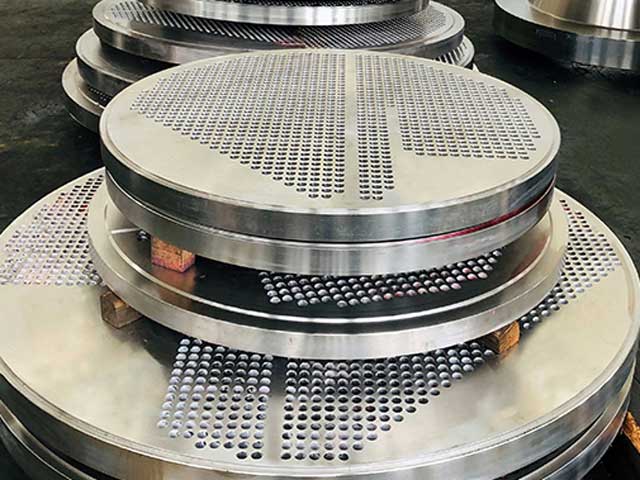Stainless steel forgings can resist weak corrosive media such as air, steam, and water, or rust.
Chemical composition characteristics:
Carbon:
The corrosion resistance of stainless steel forgings decreases with the increase of carbon content. Therefore, the carbon content of most stainless steels forgings is relatively low, with a maximum not exceeding 1.2%. Some steels have ω C (carbon content) is even lower than 0.03% (such as 00Cr12).
Cr (chromium)
The main alloying element in stainless steel is Cr (chromium). Only when the Cr content reaches a certain value, it can chemically react with oxygen in the air to form a dense layer of chromium oxide (Cr2O3) film. This film can effectively prevent the surface of the steel from coming into contact with the external environment, thereby protecting the stainless steel from corrosion and rusting.
nickel (Ni), molybdenum (Mo), vanadium (V)
Other elements may also be added to stainless steel, such as nickel (Ni), molybdenum (Mo), vanadium (V), etc. The addition of these elements can further improve the corrosion resistance and strength of stainless steel, making it more suitable for use in various harsh environments.

Common grades of stainless steel forgings:

316 stainless steel forgings
quality shaft forgings made of quality steels are ideal shaft blanks for your shafts manufacturing.
